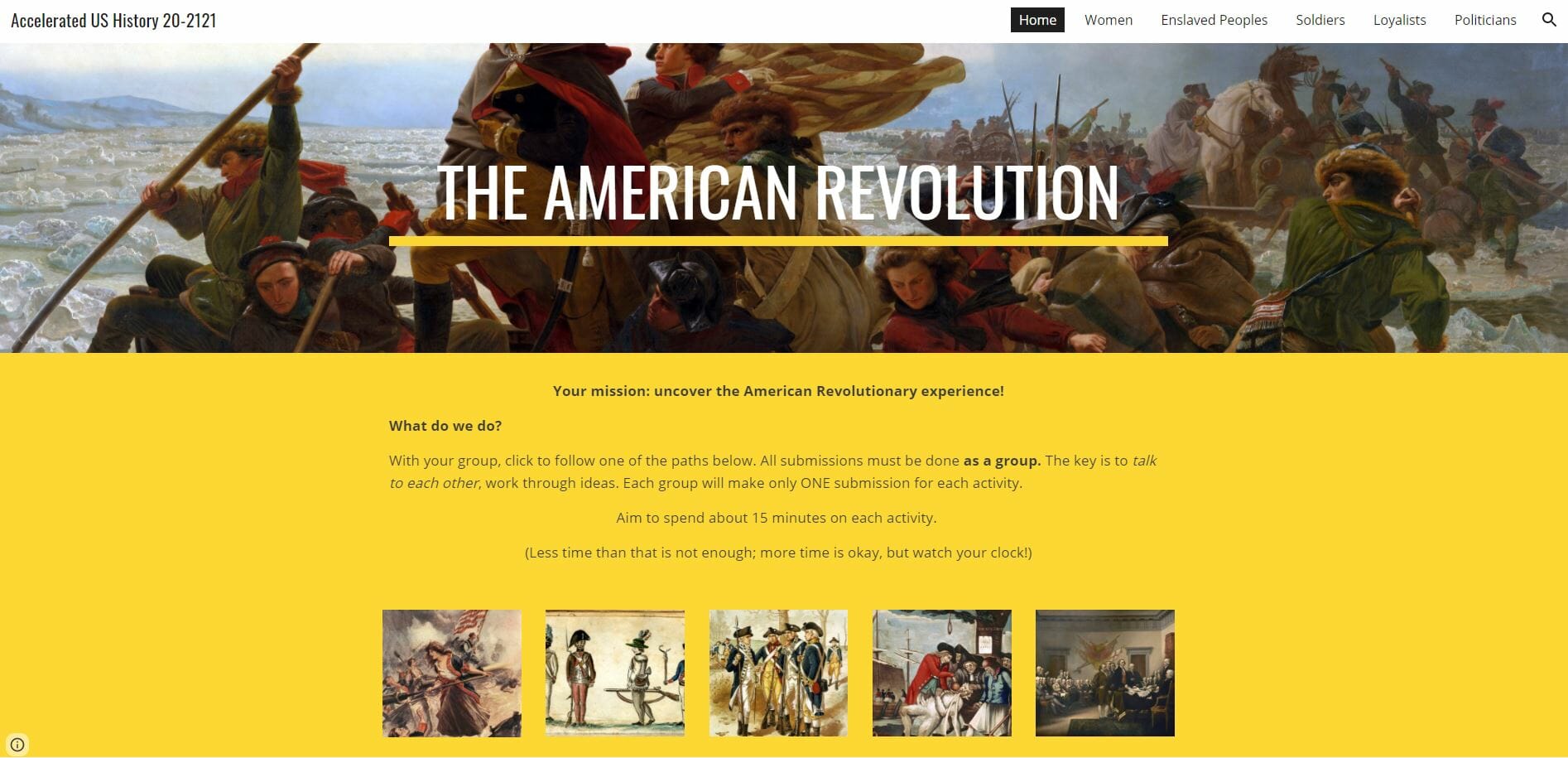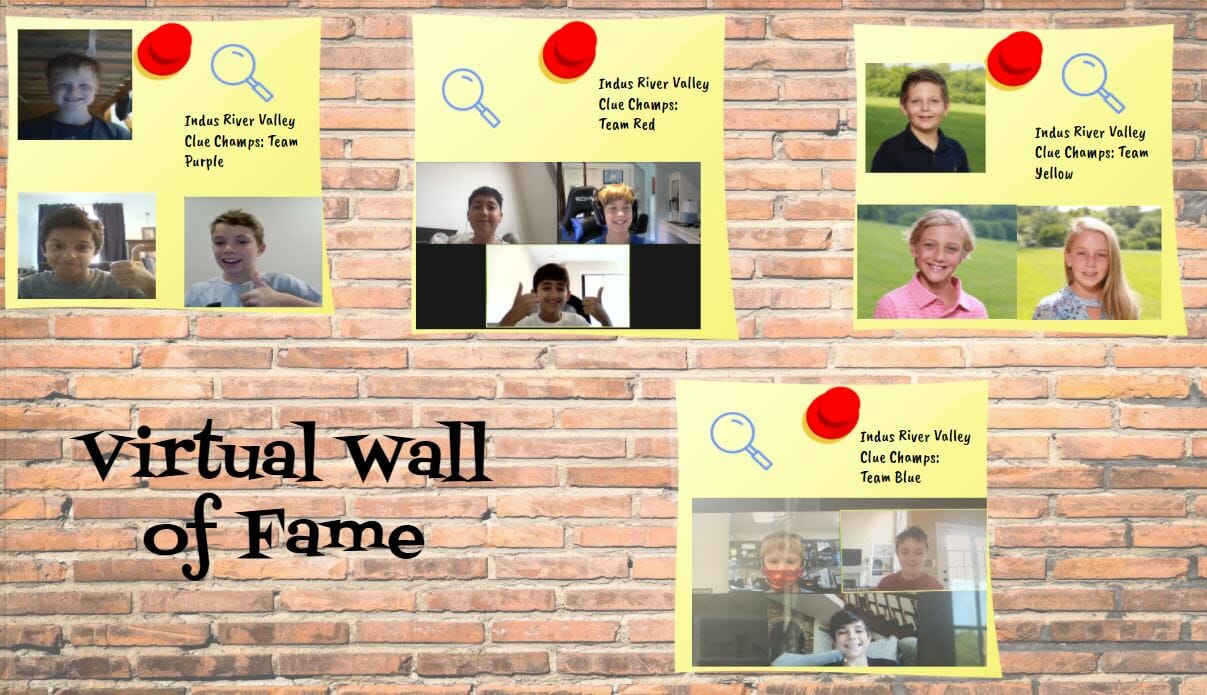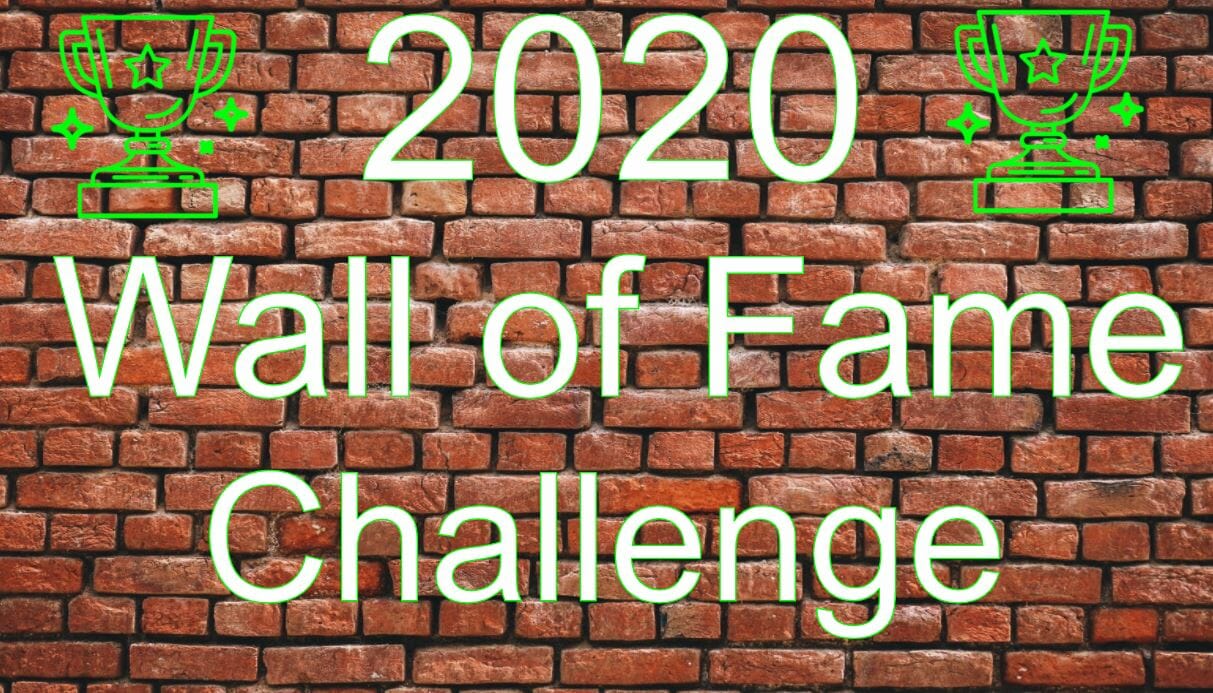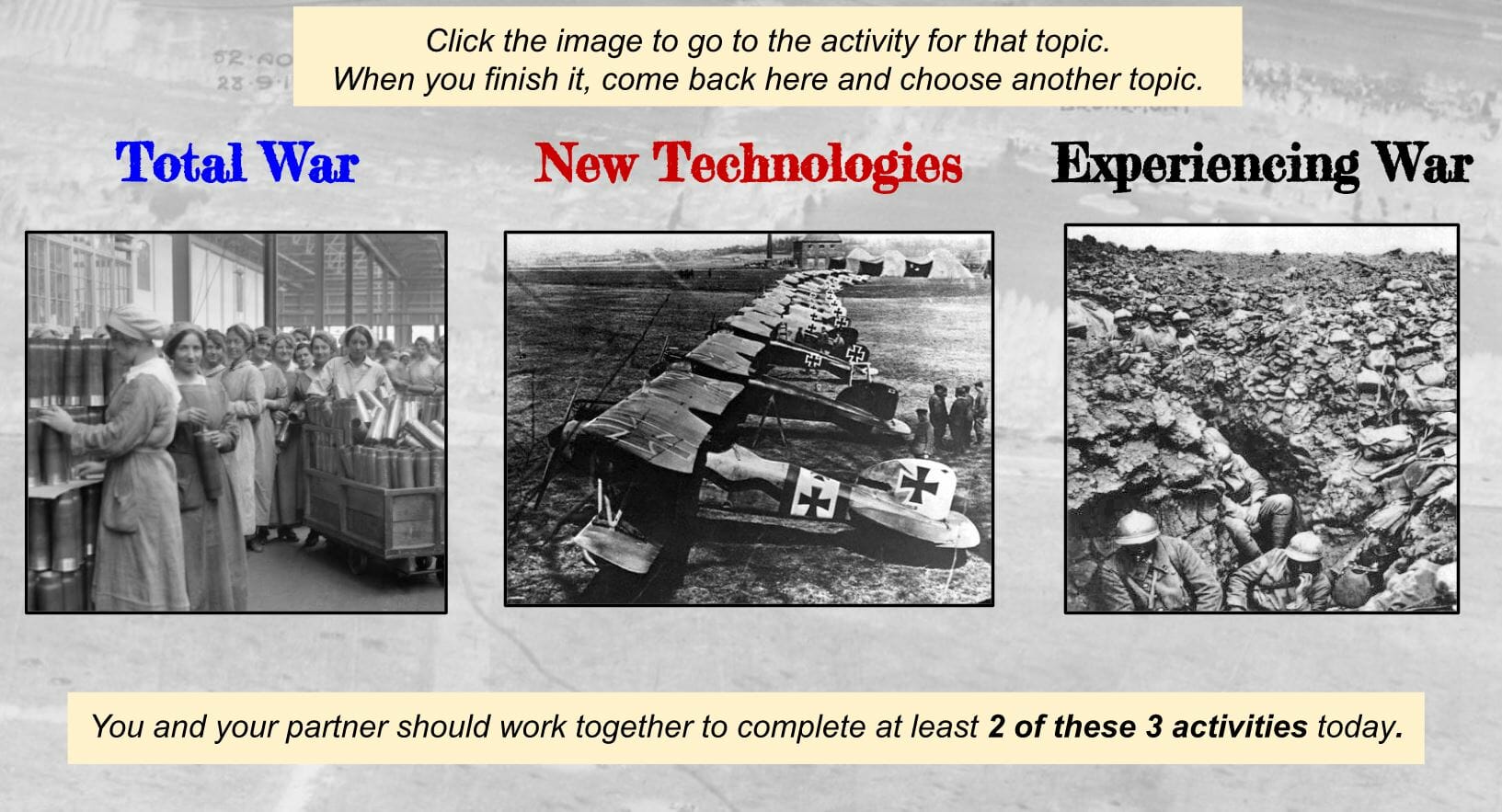Middle and Upper School social studies students are „making history“ in online, game-like learning activities.
Fifth graders engaged in the Indus River Valley challenge, a virtual exercise that Middle School History Teacher Robyn Williams created based on the game of Clue. Students selected their teams and worked to complete five puzzles in a race to learn more about the Indus River Valley. The winning team from each section is prominently featured on the Virtual Wall of Fame, a great honor if you are a 5th grade historian. The Wall of Fame is posted for all to see on the class Canvas page.
Williams said, „I wanted to start the year with a gamified lesson for several reasons, but mainly because it’s a fun and engaging way to get students to learn about ancient history. This year was particularly important to start with the Indus River Valley Clue game because I wanted students to enjoy working together with their teammates in Zoom breakout rooms to solve the different tasks in the game. I enjoyed being able to provide the opportunity for students to work together in a fun and competitive way while still learning about an ancient civilization.“
Students enjoyed the healthy competition and teamwork too! „The game was so fun. We all got to do something, and all the rooms (puzzles) made sure one person wasn’t doing all of the work. We got to race the other teams…we were learning, but you barely noticed,“ Abby Walsh ’28 said. „It was great for teamwork, and it was a great way to learn about the Indus River Valley.“
JP Senneff ’28 also enjoyed the activity. „I loved playing the Indus River Valley clue game with my friends,“ he said. „It helped me learn how ahead of their time the Indus civilization was.“
Meanwhile, Upper School History Teacher Tanya Roth has been employing similar game elements in her classes. She said, „I’ve been experimenting with gamification or game elements in my classes for about two years now. For me, it’s more about using game elements—cool design, a bit of competition, etc.—to help get students excited about doing what we’re doing. In some ways, it’s like using technology in the classroom. Gamification is all about having fun, sure, but it’s also about making sure that you’re using a game structure in order to engage students in specific content. I always start with my class goals and build from there.“
Ninth graders learned about World War I propaganda techniques, technology advancements, trench warfare strategies, and more in an online „choose your own adventure“ team activity. Students collaborated virtually to engage in a variety of learning activities and then reflected on their learning in paragraph form, all in a shared set of Google Slides.
Tenth graders explored a website activity created by Roth to learn about the American Revolution. They clicked on various images to find activities centered on a particular theme—women, enslaved peoples, soldiers, loyalists, and politicians. From there, students read passages and watched videos. Then, they completed a task to demonstrate their learning, such as a form that involved sorting data about the signers of the Declaration, a Flipgrid video production, or an in-person conversation with their teacher.
Noah Macam ’23 said „The activity was really engaging, super informative, and allowed students to connect with the material in unique ways. I learned more about the different social groups that the American Revolution fostered. I also learned about the specific battles (when, where, and why) that took place during the Revolution. My favorite part was going between activities quickly and efficiently, almost like you were on a virtual scavenger hunt, but at the same time, learning important historical knowledge. The activity brought different points of view into the material we’re learning. It allowed us to get closer with the material and explore, relating a lot of topics to the revolution, independence, and the overall development of the American society.“
Macam’s classmate Varsha Devisetty ’23 agreed. She said, „I thought it was a great way to connect with our peers while still learning new information that followed the trajectory of our class. I like how there were a variety of activities like watching videos, answering questions, having discussions, going to interactive websites, and reading articles. I also liked how it was with our peers and not necessarily by ourselves or with the teacher because it allowed for a more relaxed environment. During the activity, I learned about the different perspectives of different people during the American Revolution. This included women, enslaved people, soldiers, loyalists, and politicians. My favorite part of the activity was all of the sub-activities that we did. It was nice to not spend too much time on every activity; it allowed us to progress further and encouraged us to keep working since the activities weren’t dragging on forever. It was a great way to gain a greater understanding of different perspectives during the American Revolution while also having a lot of fun with activity.“
Aanya Tiwari ’23 shared her thoughts, too. She said, „I found the activity highly beneficial as it explained the different foundational elements of the American Revolution in a clear and concise manner. Our class worked through the activity in small group collaborations, keeping an ongoing discourse on the topic, which gave me perspective while making learning more interesting in the process.
„I particularly found the role of women to be of profound importance and prominence in the revolution. The boycott of key British goods and active participation in protests and in taking over households, served as a much needed, strong resistance towards Great Britain. Women tended to crops and controlled farms in the prominent absence of male presence at homes. Fundraising, burning of British crops, and even taking the front line positions in wars were some of the primary ways they contributed. The sheer significance of their multifaceted roles in the revolution is noteworthy, given the open inferiority and suppression that women faced at the time. Learning about this felt so inspiring and empowering, considering their hard work and determination amidst the numerous obstacles and an unstable environment.“
History lessons sure are much more exciting with a little friendly competition and gamification.




